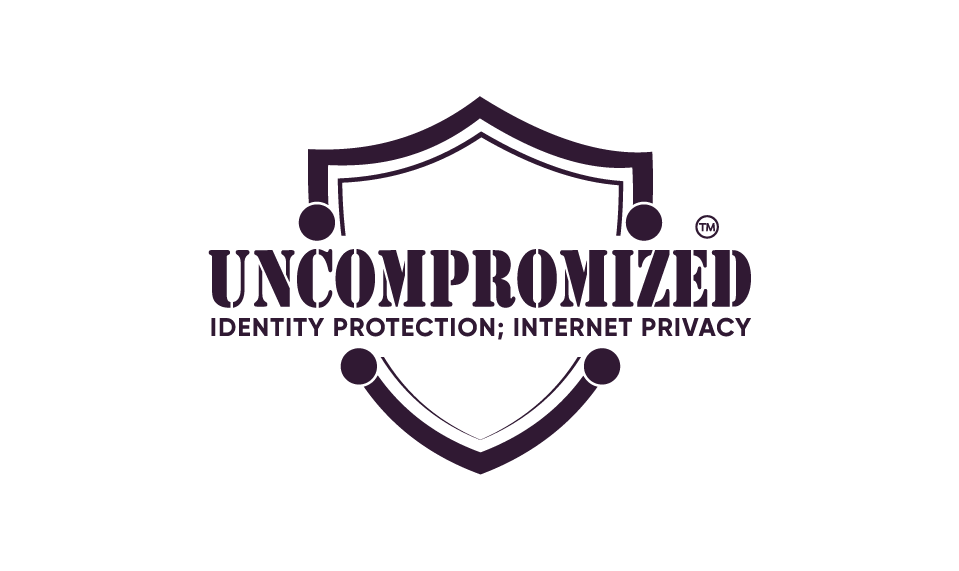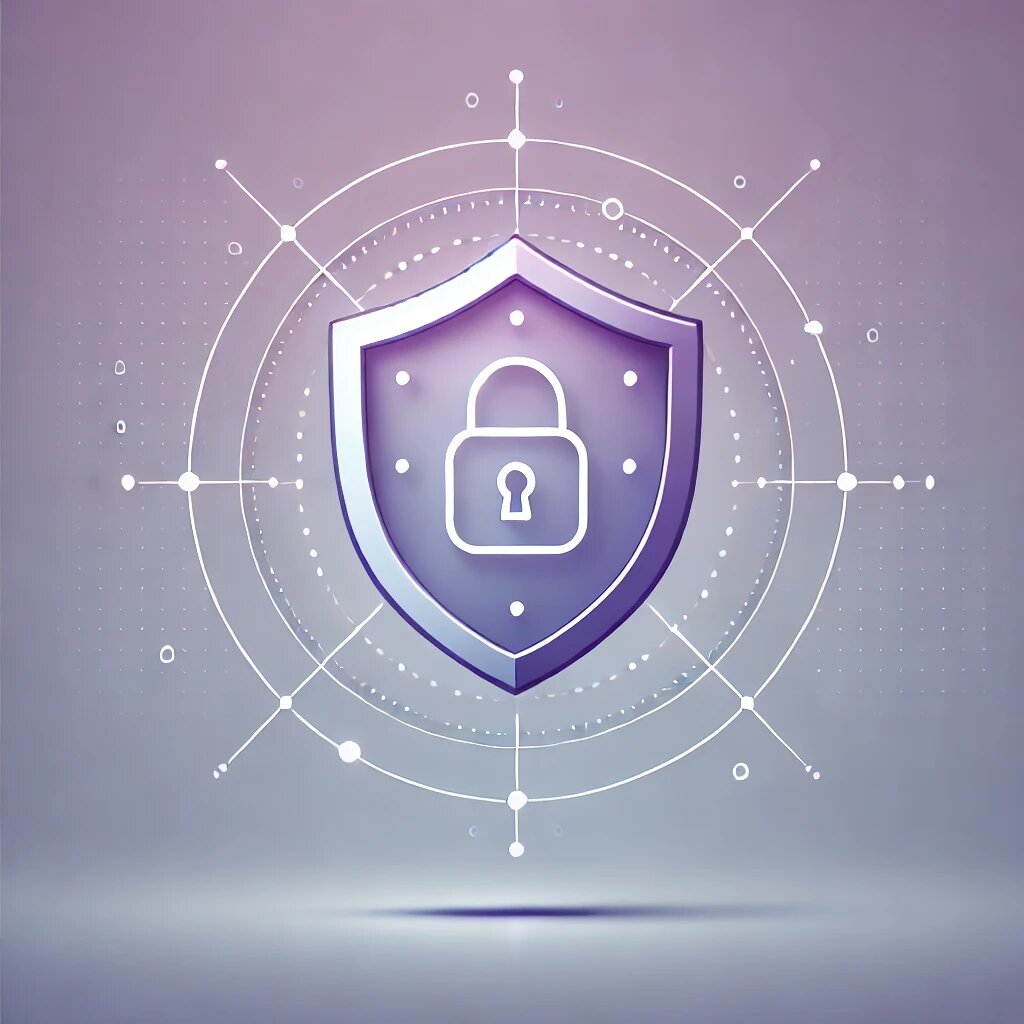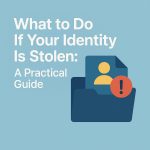Our digital footprint is more than just a trail of online activity—it’s a detailed map of our personal and professional lives. From social media posts to online purchases, every click, like, and share contributes to this footprint. But what kind of information are we leaving behind, and how can it be used against us? More importantly, how can we protect ourselves and our employers from the risks associated with our digital presence? In this article, we’ll explore the dangers of a digital footprint, the steps you can take to reduce your online exposure, and how a product like Uncompromized™ can help safeguard your identity and financial security.

What Is a Digital Footprint?
Your digital footprint is the collection of data you leave behind when using the internet. This includes:
- Social Media Activity: Posts, comments, likes, shares, and even private messages.
- Online Purchases: Transaction histories saved payment methods, and shipping addresses.
- Browsing Habits: Websites visited, search queries, and cookies stored on your device.
- Location Data: GPS tracking, check-ins, and geotagged photos.
- Professional Information: LinkedIn profiles, resumes, and work-related communications.
While some of this information may seem harmless, it can be pieced together to create a comprehensive profile of your life. This data can be exploited by cybercriminals, advertisers, or even employers, making it crucial to understand the risks.

The Most Dangerous Pieces of Your Digital Footprint
Not all aspects of your digital footprint are created equal. Some pieces of information are more dangerous than others and can be leveraged against you with ease. Here are the most critical elements to be aware of:
- Personal Identifiable Information (PII):
This includes your full name, address, phone number, Social Security number, and date of birth. PII is a goldmine for identity thieves, who can use it to open credit accounts, file fraudulent tax returns, or even commit crimes in your name.
- Financial Data:
Credit card numbers, bank account details, and transaction histories are prime targets for cybercriminals. Once obtained, this information can lead to unauthorized purchases, drained accounts, and ruined credit scores.
- Location Data:
Geotagged photos, check-ins, and GPS tracking can reveal your daily routines, home address, and even when you’re away on vacation. This information can be used for physical theft, stalking, or targeted scams.
- Social Media Activity:
Oversharing on social media can reveal sensitive information, such as your political views, relationships, and even your employer. Cybercriminals can use this data to craft convincing phishing attacks or impersonate you online.
- Work-Related Information:
Details about your job, employer, or professional connections can put your company at risk. For example, sharing confidential information or using weak passwords on work accounts can lead to data breaches, financial losses, and reputational damage for your employer.

How Your Digital Footprint Can Put Your Employer at Risk
Your personal digital life doesn’t exist in a vacuum—it can have serious implications for your employer. Here’s how:
- Phishing Attacks: Cybercriminals can use your personal information to craft targeted phishing emails, tricking you into revealing sensitive company data or login credentials.
- Data Breaches: If you reuse passwords across personal and work accounts, a breach of your personal accounts could lead to unauthorized access to your employer’s systems.
- Reputational Damage: Inappropriate social media posts or leaked personal information can reflect poorly on your employer, especially if you’re in a public-facing role.

Steps to Lower Your Online Exposure
Reducing your digital footprint doesn’t mean going off the grid. Here are practical steps you can take to minimize your online exposure and protect yourself:
- Audit Your Social Media Accounts:
Review your privacy settings and limit who can see your posts. Delete old posts that contain sensitive information or could be taken out of context.
- Use Strong, Unique Passwords:
Avoid reusing passwords across accounts. Consider using a password manager to generate and store complex passwords.
- Enable Two-Factor Authentication (2FA):
Adding an extra layer of security to your accounts makes it harder for cybercriminals to gain access.
- Be Cautious with Location Sharing:
Turn off location services for apps that don’t need it and avoid geotagging photos or checking in at specific locations.
- Regularly Monitor Your Financial Accounts:
Check your bank and credit card statements for unauthorized transactions. Consider freezing your credit to prevent new accounts from being opened in your name.
- Limit What You Share Online:
Think twice before posting personal information, such as your address, phone number, or vacation plans.
- Remove Your Information from Data Broker Sites:
Data brokers collect and sell your personal information to third parties. Removing your data from these sites can significantly reduce your exposure.

How Uncompromized™ Can Help
While taking the above steps can help reduce your digital footprint, it’s nearly impossible to eliminate it entirely. That’s where Uncompromized™ comes in. This innovative product is designed to protect your privacy and financial security in several ways:
- Removing Your Information from Data Broker Sites:
Uncompromized™ scours the internet for your personal information on data broker sites and works to have it removed. This reduces the amount of data available to cybercriminals and advertisers.
- **Providing $1,000,000 in Identity Theft Protection:
Even with the best precautions, identity theft can still happen. Uncompromized™ offers a comprehensive plan that includes $1,000,000 in coverage for financial losses, legal fees, and recovery services. This ensures that you’re protected no matter what.
- Continuous Monitoring and Alerts:
Uncompromized™ monitors your personal information and alerts you to any suspicious activity, allowing you to act before it’s too late.

Why Reducing Your Digital Footprint Matters
Lowering your online exposure isn’t just about protecting yourself—it’s about safeguarding your future. A smaller digital footprint means fewer opportunities for cybercriminals to exploit your information. It also reduces the risk of financial loss, reputational damage, and stress associated with identity theft.
By taking proactive steps and leveraging tools like Uncompromized™, you can regain control of your digital life. Whether it’s removing your information from data broker sites or having a safety net in place with $1,000,000 in identity theft protection, Uncompromized™ provides peace of mind in an increasingly connected world.

Conclusion
Your digital footprint is more than just a reflection of your online activity—it’s a potential vulnerability that can be exploited by cybercriminals, advertisers, and even employers. Understanding the risks and taking steps to reduce your online exposure is essential for protecting your personal and professional life.
With tools like Uncompromized™, you can take control of your digital footprint, remove your information from data broker sites, and ensure that you’re covered in the event of identity theft. Don’t wait until it’s too late—start protecting your digital presence today.






